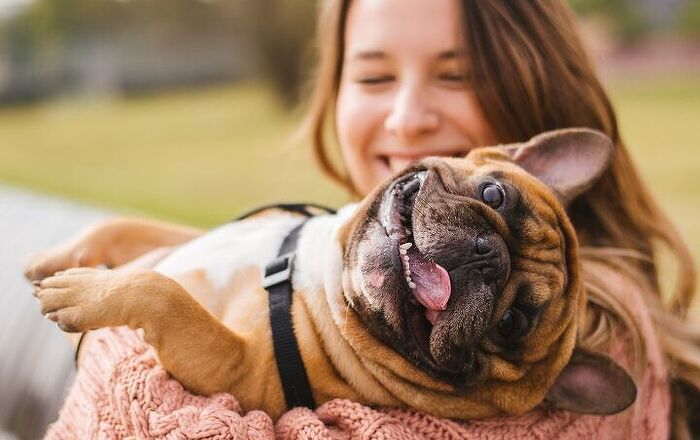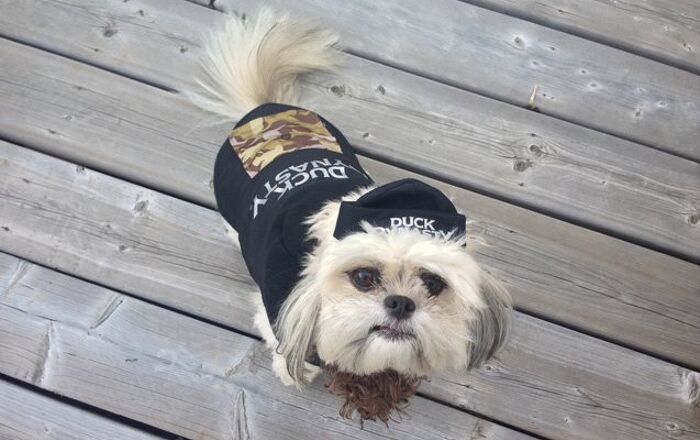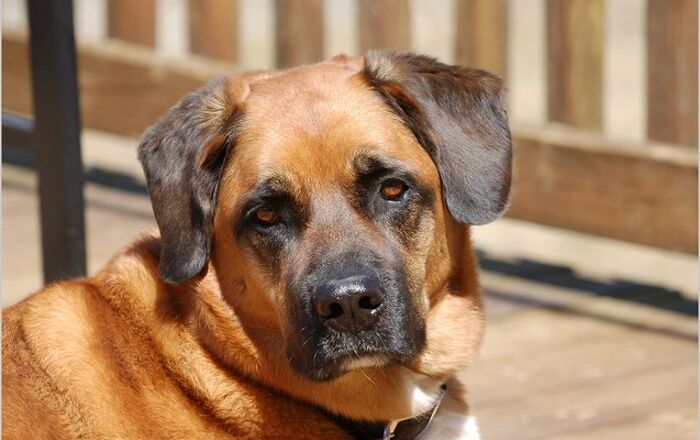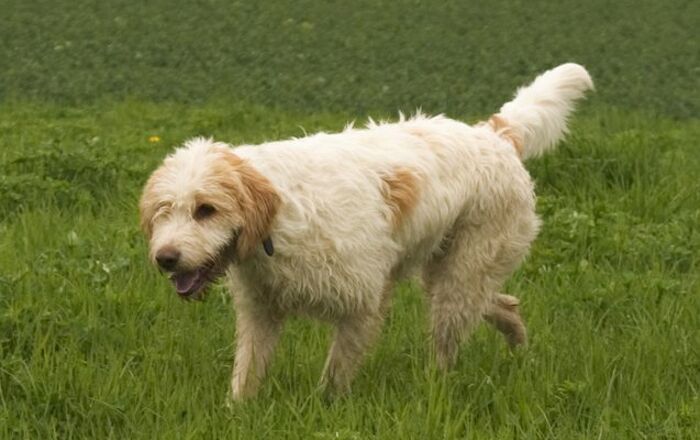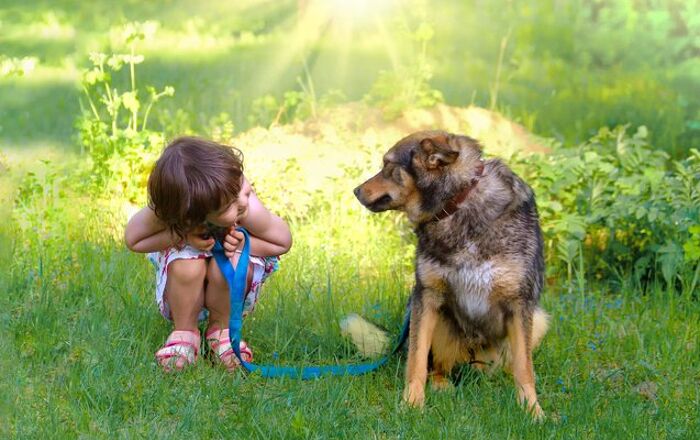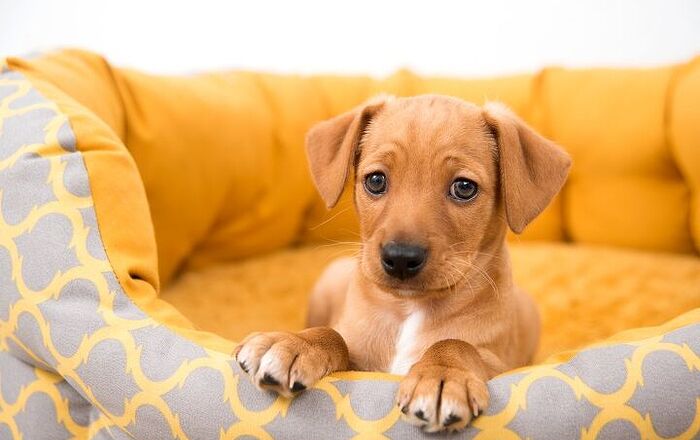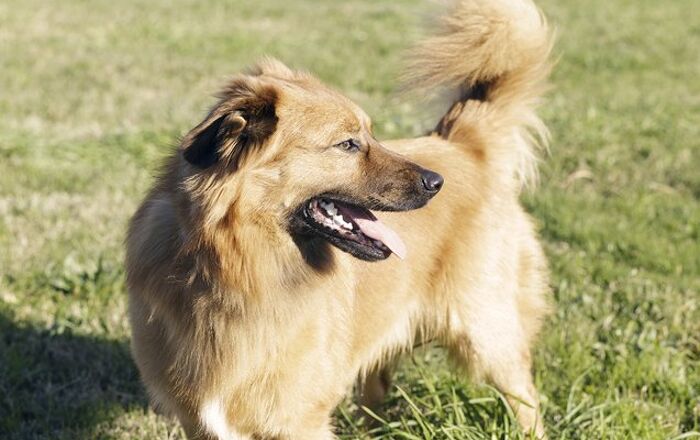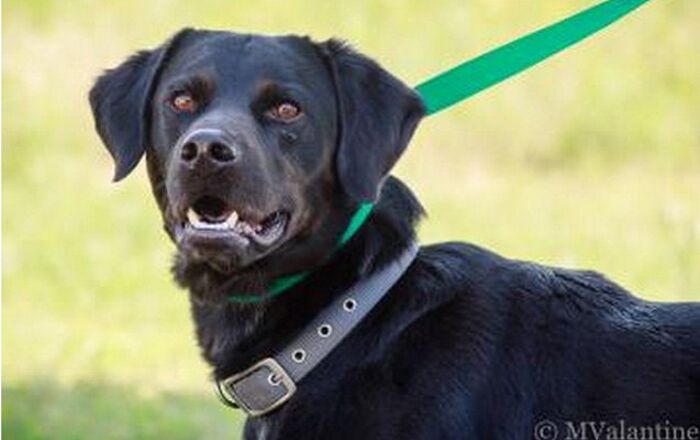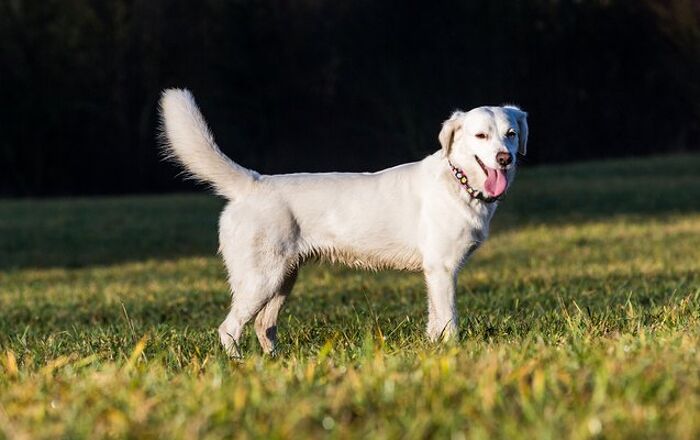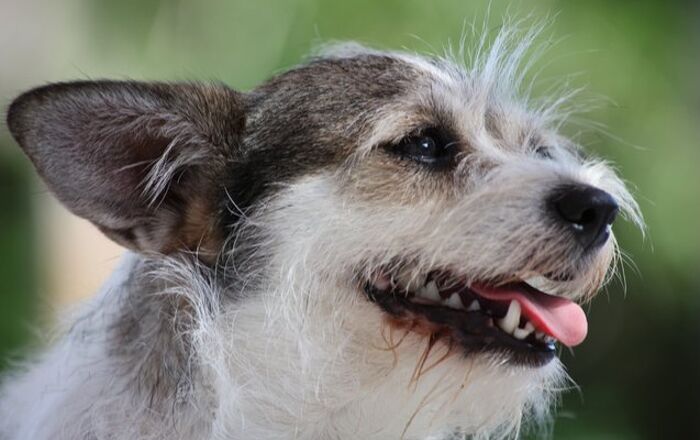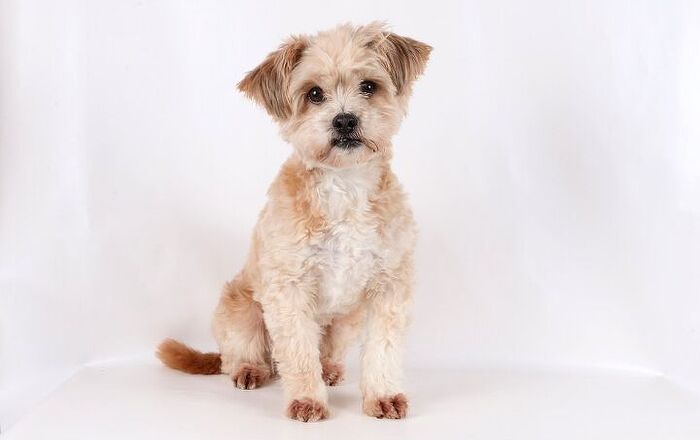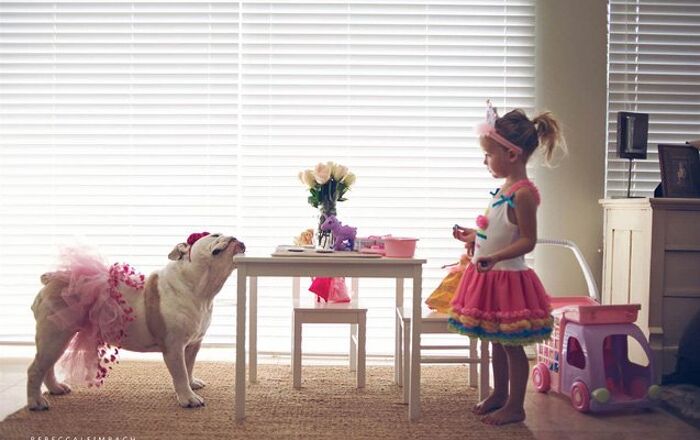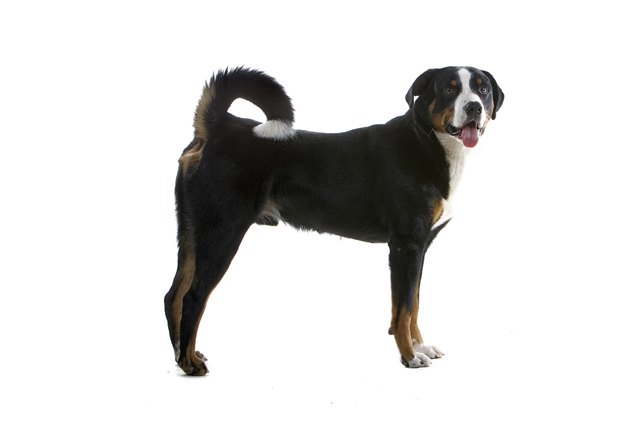
Greater Swiss Mountain Dog Basics
Strong work ethic and being faithful to a fault are only two of the many incredible qualities found in the wonderful Greater Swiss Mountain Dog. Affectionately called the Swissy by fanciers, this breed is also called the GSMD, Metzgerhund, Grosser Schweizer Sennenhund and the Large Swiss Mountain Dog. No matter which name you prefer, the Greater Swiss Mountain Dog is a wonderful, friendly and loving companion for an active family.
Although he is often confused with the Bernese Mountain Dog, the Swissy is much larger and has a shorter coat. He can go from lounging by the fire to pulling a heavy cart through the snow in no time flat. The Greater Swiss Mountain Dog works hard and plays even harder! For more info on the Swissy, please continue reading.
Strong work ethic and being faithful to a fault are only two of the many incredible qualities found in the wonderful Greater Swiss Mountain Dog.
Origin
Many people believe that the Swissy was brought to Switzerland hundreds of years ago by Roman conquerors. However, others believe that the breed was developed in Switzerland. Either way, the Greater Swiss Mountain Dog was used for herding livestock, guarding homes and farms as well as pulling carts filled with fresh vegetables and milk.
Pedigree
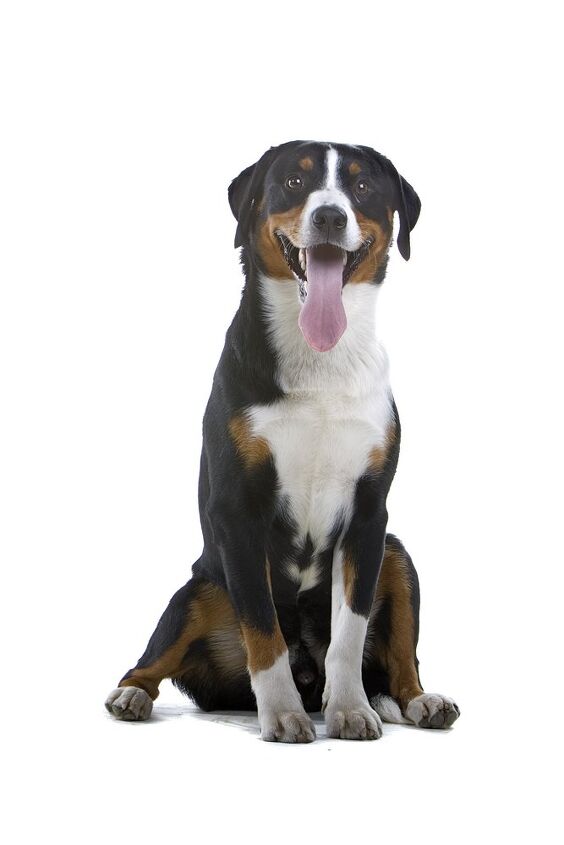
It is generally accepted that the Greater Swiss Mountain Dog was developed centuries ago. Using this theory, the Swissy is a descendant of dogs that resembled Mastiffs. These Mastiff-like canines made their way to Switzerland with the Roman Legions. In the last half of the 19th Century, the breed was almost non-existent. Fortunately in 1908, a researcher recognized two dogs that were miscategorized in a dog show. Since then the breed has been reestablished.
Food/Diet
Because of his large size, the Swissy requires a fair amount of high quality food. Dry food is best as it reduces dental problems such as caries, gum disease and smelly breath. Proper nutrition is essential to the Greater Swiss Mountain Dog’s health so consulting with your veterinarian about the dog’s diet will ensure that he stays happy and well fed. It is best to feed two smaller meals as opposed to one large meal. This breed is prone to gastric torsion, more commonly called bloat. By splitting the meal, you will be decreasing the chances of your Swissy suffering from bloat.
Greater Swiss Mountain Dogs are intelligent and headstrong, making them a bit difficult to train.
Training
Greater Swiss Mountain Dogs are intelligent and headstrong, making them a bit difficult to train. Those who are experienced in training dogs often find the Swissy to be a great challenge. Although it is difficult, it is not impossible to train him. Very short sessions work best with this breed. Sessions should be repeated often. Rewarding the dog with a tasty tidbit will help keep him interested in training. It is important that you do not become frustrated. If you do, simply call off the lesson and start again later. Frustration is counterproductive to the training process.
Weight
A large breed, the Greater Swiss Mountain Dog can weigh anywhere between 85 and 140 pounds.
Temperament/Behavior
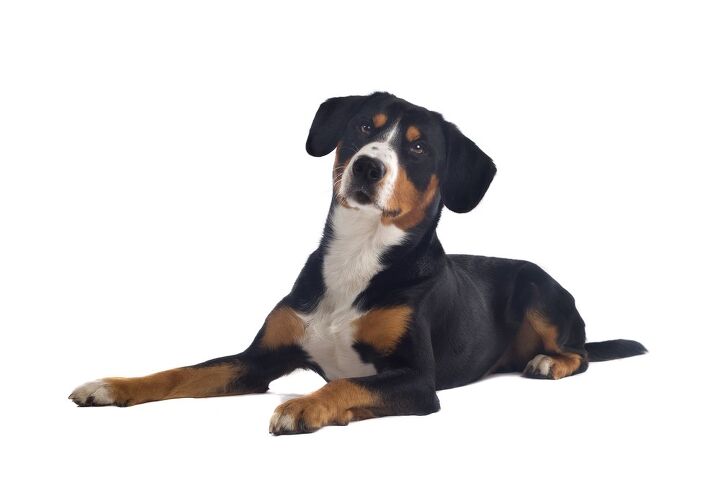
The Greater Swiss Mountain Dog loves to work and be of use to his family. His work ethic and drive are second to none in the world of dogs. Although they were utilized for draft work pulling carts, today their skills can be used to pull wagons or sleds. The even temperament of the Swissy makes him a loyal companion. They are very accepting of people and will welcome guests with tail wags and slobbery kisses.
Separation Anxiety is a big problem for Great Swiss Mountain Dogs. They bond so fiercely with their families that they are beside themselves when left alone. That being said, the Swissy should never be expected to stay alone for long periods of time.
Greater Swiss Mountain Dogs bark and they bark loud and long. In the past, these dogs were used as sentinels and they still perform their sentry duties today. He will alert you at the slightest noise because he firmly believes that this is his job. Although he is a great alarm system, he is not a candidate for guard dog work.
Common Health Problems
The Greater Swiss Mountain Dog is a large breed hence; hip dysplasia is a common problem. Although genetic, a dog’s environment can help to exacerbate a minor problem into a major one. Slick floors, rough play with an adult dog, too much exercise, jumping onto furniture or falls can cause problems. Other potential issues within the breed are Swissy Lick, Spleen Torsion, Cataracts, Epilepsy and Entropion.
Life Expectancy
The average lifespan of a Greater Swiss Mountain Dog is between 7 and 9 years.
Exercise Requirements
Although Greater Swiss Mountain Dogs require a good bit of exercise, they do not need to run for long periods of time like some other breeds. Several long walks will keep a Swissy happy. He will be even happier if he is allowed to carry a backpack or pull a wagon. The Swissy likes to feel that he is doing a job so incorporating work with fun will make your dog feel needed.
The Greater Swiss Mountain Dog loves to work and be of use to his family.
AKC
The American Kennel Club writes: “Large, sturdy and confident, the Greater Swiss Mountain Dog (GSMD or “Swissy”) is a draft and drover breed – robust and agile enough to perform farm work in very mountainous regions. As a working dog, Swissies like having a job to do and enjoy participating in hiking, carting, obedience trials, herding, weight pulling, and backpacking with their owners.” The Greater Swiss Mountain Dog was first recognized by the AKC in 1995.
Coat
The Swissy has a double coat. There is a thick undercoat and a dense outer coat which should be a little more than an inch long. They are a combination of black, white and rust in color. These markings should be symmetrical. Of course, there should be the Swissy trademark blaze on the face as well as a white tail tip and chest.
This is a moderately shedding breed however; twice annually, the dog will fully shed his thick undercoat. When he is shedding, he will need to be brushed thoroughly daily. Other than shedding time, the Swissy will look good so long as he is brushed twice each week.
Puppies
Greater Swiss Mountain Dog puppies are cute, cuddly and very strong willed. It is absolutely necessary for the owner to take the puppy to puppy kindergarten classes. This will give him a jump start at learning and increase the bond between puppy and human.
It is important to know that Greater Swiss Mountain Dogs are slow to mature. Their terrible teenage years can last long into their second year of life. An owner must be prepared to have 100 pounds or more of bouncing Swissy knocking things down in the house for a good, long time.
Photo credit: Erik Lam/Shutterstock

